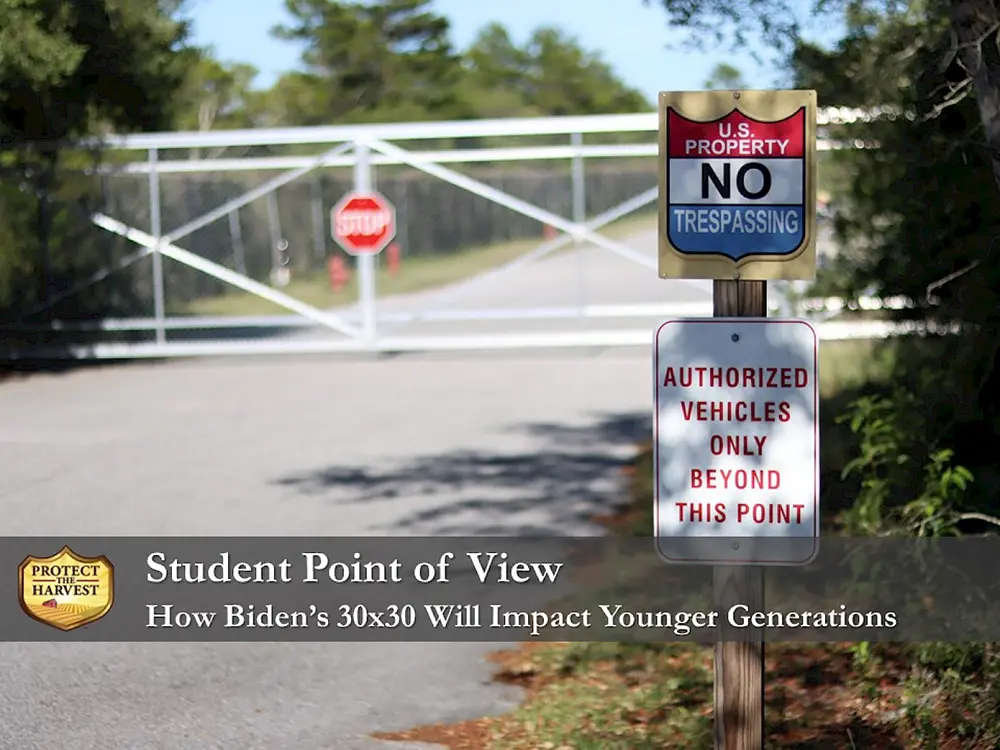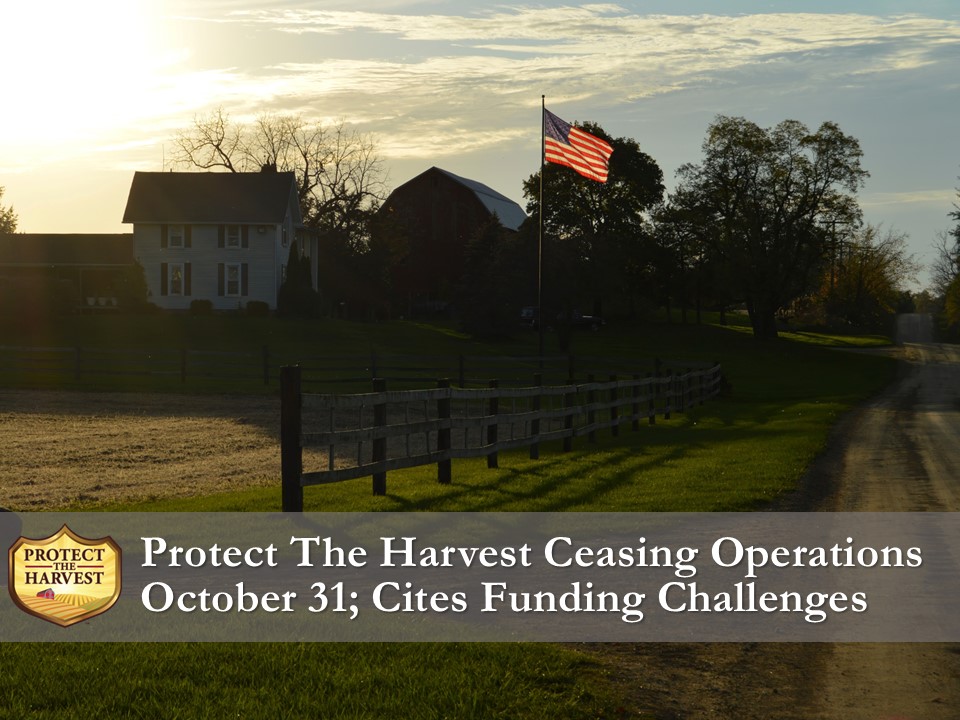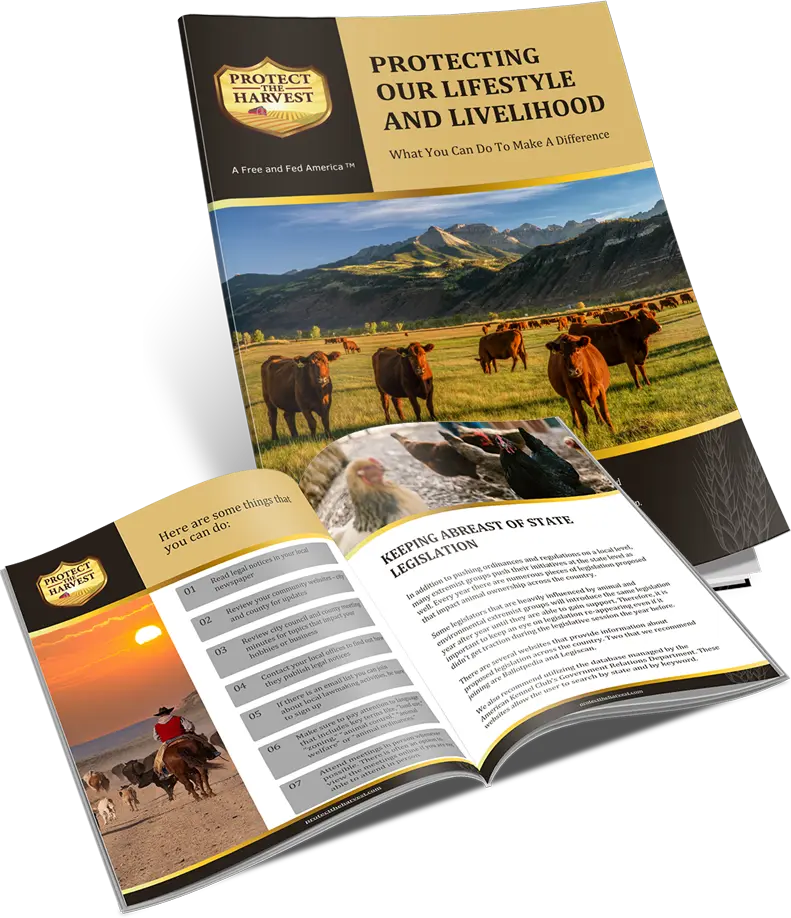Written by a junior studying agricultural communications and agribusiness at Oklahoma State University
Before I share my opinions on the Biden administration’s 30×30 plan, it is important to understand the initiative. I will be the first to admit that until I started to research the topic for this piece, I had very little knowledge about 30×30.
30×30, also known as Executive Order 14008, is the recommended steps the United States should take to achieve the goal of conserving at least 30 percent of our lands and waters by 2030. It is also part of the larger 30×30 worldwide initiative agreed upon at the COP15 meeting.
The U.S. government currently controls conservation lands equal to the size of California and New York combined. To achieve the federal government’s desired 30 percent total land objective, land equaling twice the size of Texas would need to be added to the existing inventory. That requires confiscating land from private landowners and placing it into a “public” land bank that would be off-limits to the public. The goal is part of President Biden’s proposed program to address climate change.
If 30×30 is implemented and achieves its goals, I believe it will have a huge impact on our younger generations and food security. An important question to ponder is: where will this privately-owned land come from? The land won’t be coming from urban or suburban areas. Instead, it will be rural America that is dealt the blow of removing land access. With such a large amount of land being removed from private use, it can be assumed that much of the land will be from farms and grazing areas. Fewer farms and ranches mean less food and higher prices.
While the initiative will affect young people to varying degrees, there is a good chance that 30X30 is not even on their radar. This is not because they do not care but simply because they are unaware it has even been proposed. It is not a plan that has been widely publicized on social media platforms such as TikTok, Instagram, or X (formerly Twitter), where Brian Bauder of the Associated Press reported an estimated 71 percent of young people get their daily news. This means, by default, most young people will end up unknowingly going along with 30×30, whether they are aware of these plans or not.
With 30×30 on the horizon and young people uninformed, it creates an environment for rising food prices without understanding why. It is not because they do not care about the environment or their food but because they are unaware of these initiatives. Many, myself included, do not consume news from traditional sources, where topics such as these are reported. Lack of awareness is the result. If young people were to be informed on this information, on platforms they are familiar with, they would get involved and share their opinions on topics like 30×30, which arguably will affect them more than anyone else, as it is their future that is being impacted.



